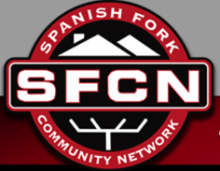Smart Grid Updates - Chattanooga and Ponca City
Communities with both smart-grid investments as well as community networks are again in the news, this time featuring Chattanooga, Leesburg, and Ponca City. Thanks to my colleague at EnergySelfReliantStates.org, who posted this item. ESRS publishes original content about decentralized renewable energy - mostly of a quantitative nature using charts.
Perhaps one of the reasons the broadband networks run by public power utilities are so much more reliable than those run by telco and cablecos is the many decades that public power companies have focused intently on reliability.
Reliability is a good economic development tool, he said. One business looking at Chattanooga asked about the cost of a redundant feed. After EPB explained its smart grid plans, the company chose Chattanooga and decided it didn’t need a redundant feed, he said. In talking to businesses, "I can tell you ... that they get it and they get the importance of this level of automation."The article offered more details about Ponca City's wireless network that we had previously not discussed. In addition to offering free Wi-Fi to residents, the Ponca City offers fiber-optic-based broadband to local businesses... and two are quite connected.
Perhaps the most eye-opening benefit is that Ponca City offers all of its 26,000 citizens free WiFi service. The city uses its fiber network to sell broadband services to businesses (one has requested 300 mbps service) and those sales pay for the free WiFi, Baird said. The network is basically support-free, said Baird, adding that he gets one or two calls per week. And the free WiFi is "a huge economic development draw," he said.


